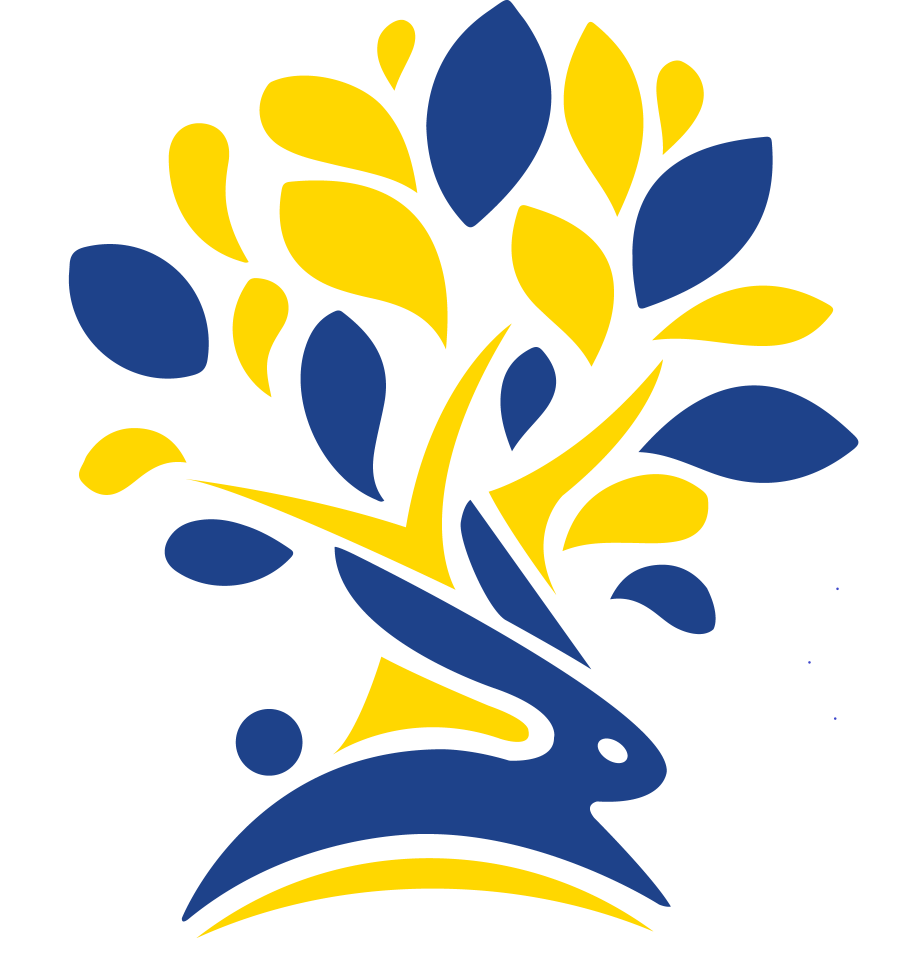Music
Welcome to our Music Curriculum

At Cuddington Croft, we believe in giving our children the opportunity to shine in all areas and that it is important to nurture and showcase their creative talents. Music is celebrated in a variety of ways at Cuddington Croft.
Our Music Intent
During our music lessons, the children are exposed to different genres of music, which in turn, provide an opportunity for children to listen to and recognise a range of instruments and melody lines. They also have the opportunity in each unit to participate in music through listening and appraising, improvising, composing and performing. Each year the children build on skills learnt in previous years by increasing the complexity of musical theory and performance.
Implementation - how do we plan and teach Music?
At Cuddington Croft, music lessons are delivered once a fortnight and culminate in an end of term celebratory performance of the children’s learning during a phase assembly. We have implemented the Musical School programme, Charanga, through which the children develop their understanding, make musical judgements, apply new learning, develop aural memory, express themselves physically, emotionally and through discussion and create their own musical ideas. Each Unit of Work is taught across a term and is divided into 6 steps. The activities and games cover the musical dimensions, (rhythm, pitch, timbre, texture, dynamics and tempo) through listening and appraising, creating music through improvisation, singing and playing instruments – all intrinsically linked through a central song or piece. Within each lesson, the children not only learn about music; they become musicians who are able to share and perform using their new skills. We have found Charanga to be a very effective method of delivering a musical curriculum which interests and engages the children through its use of interactive tasks and familiar songs from a range of genres and eras. All units also include exposure to the recording of music through staff notation which helps develop the children’s ability to read music.
Impact - how is progress shown?
During the Charanga listening and appraising activities, children are given repeated opportunities to develop their listening skills, being able to identify more musical elements each time – starting with male or female vocalists, to the instruments that they can hear, to how the piece is structured. This leads to more detailed and well thought out compositions where instrumental choices, dynamics and structure will be more evident. These basic music skills enable children to go onto playing a musical instrument, should they choose to, as well as impacting on other areas of their development, such as team building skills, listening and self-confidence.
Peripatetic music teachers come in each week to provide either individual or small group lessons. Many of the children who receive lessons will enter an exam during their course of learning whilst at Cuddington Croft, from pre-grades up to grade 5 and beyond.
In addition to their curriculum music lessons, each year group participates in a production by either leading or supporting other year groups. In EYFS, Reception lead their Nativity and are supported by Nursery; in Phase 1, Year 3 lead their Nativity and are supported by Years 1 and 2; Year 4 lead the Easter Production; Year 5 the Harvest Production and Year 6 the End of Year Production. All of Phase 2 also participate in the Carol Concert every year, where children have the opportunity to showcase their singing and instrumental abilities. The school choir, which is very popular and often oversubscribed, have performed at multiple concerts, in and out of school: Young Voices at the o2 Arena in London, Epsom and Ewell Music Festival at Epsom Playhouse, the GLF Music Festival as well as performances at school events such as Whole School Music Competitions, school fairs and other concerts.
When our children leave Cuddington Croft, a good learner in Music will...
Be able to apply their listening skills to new genres and pieces of music and apply reading staff notation to learning new instruments.
Be able to articulate views and opinions about music and compare different styles, making links between different pieces of music.
Be inspired, enthusiastic and confident as well as being keen to learn more
Charanga Curriculum Vocabulary Overview






